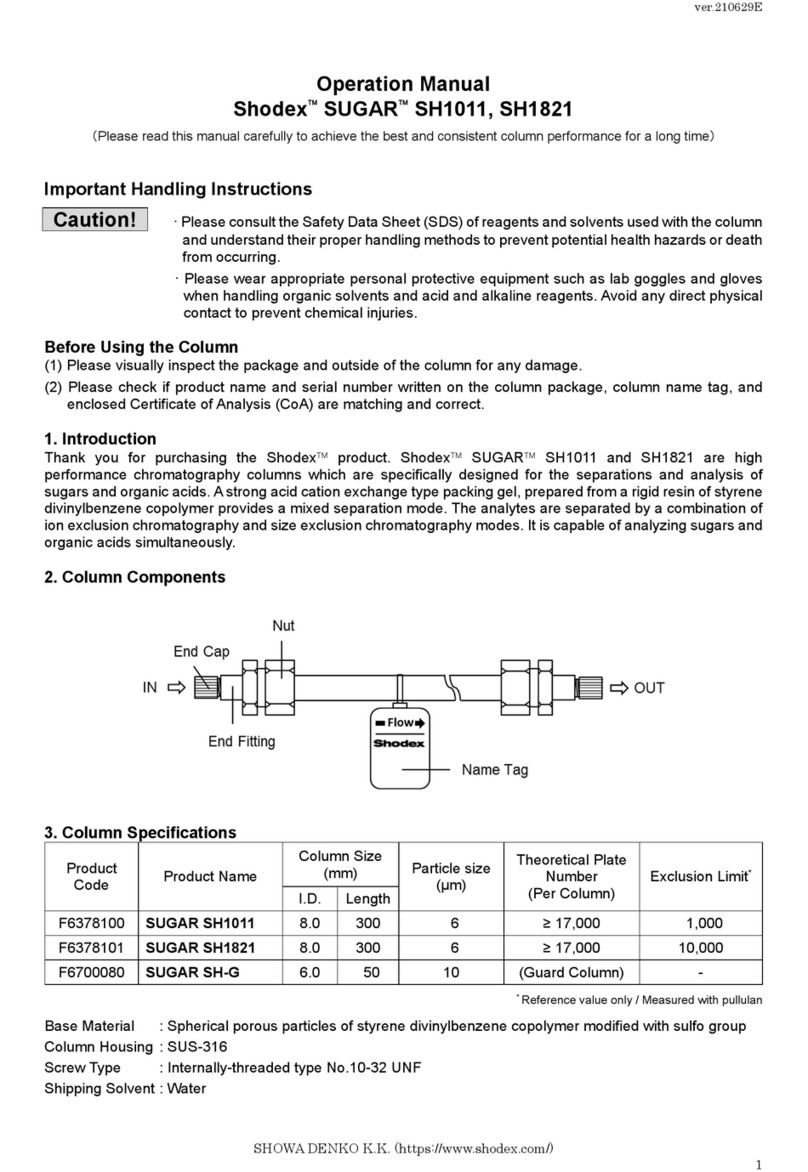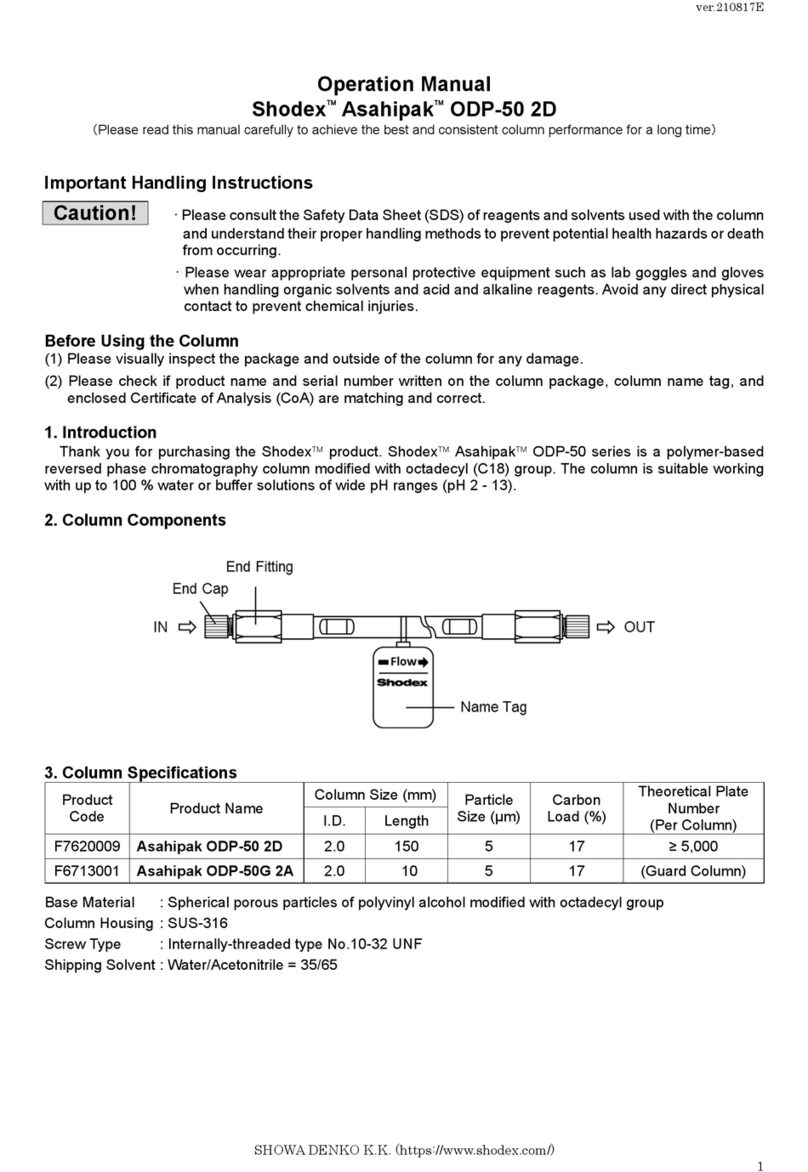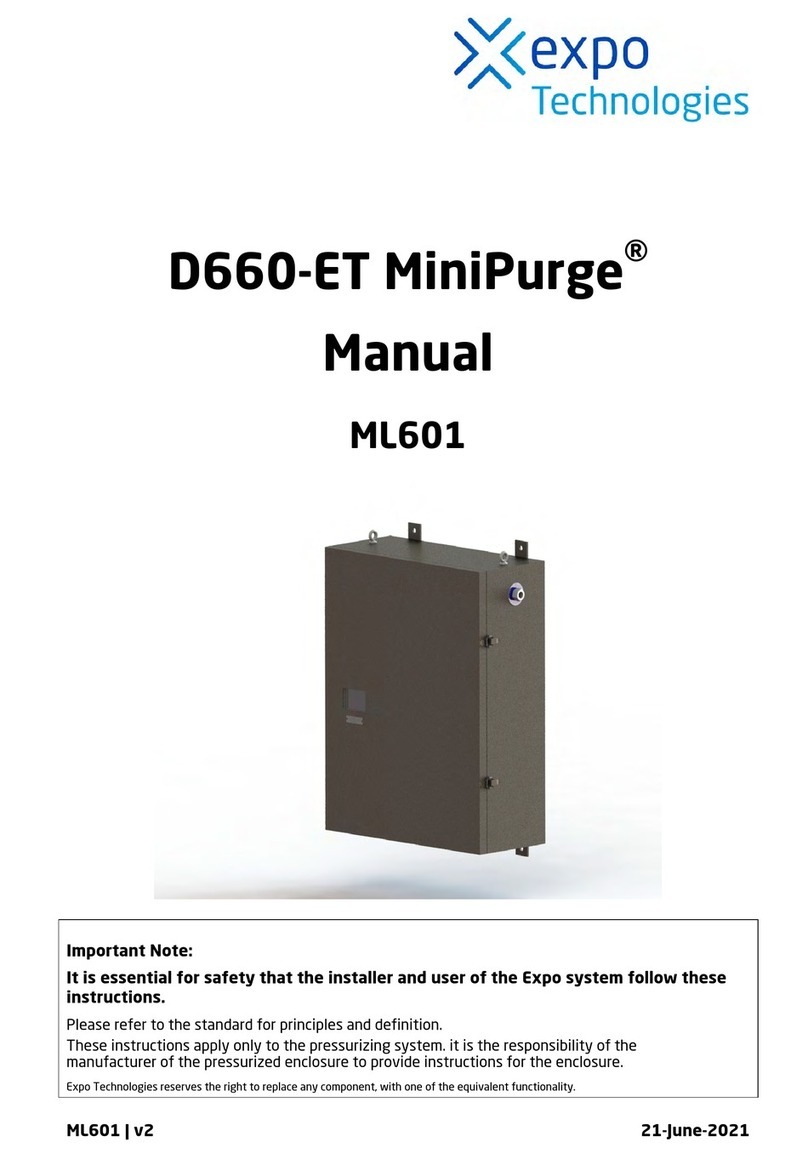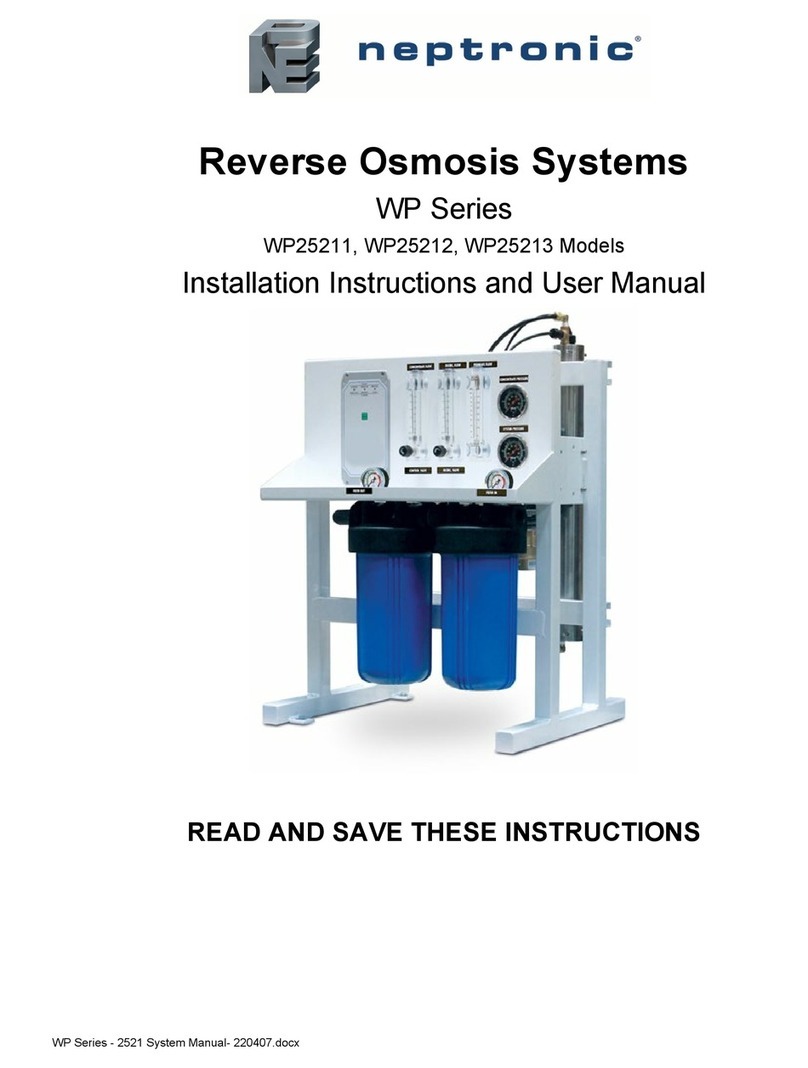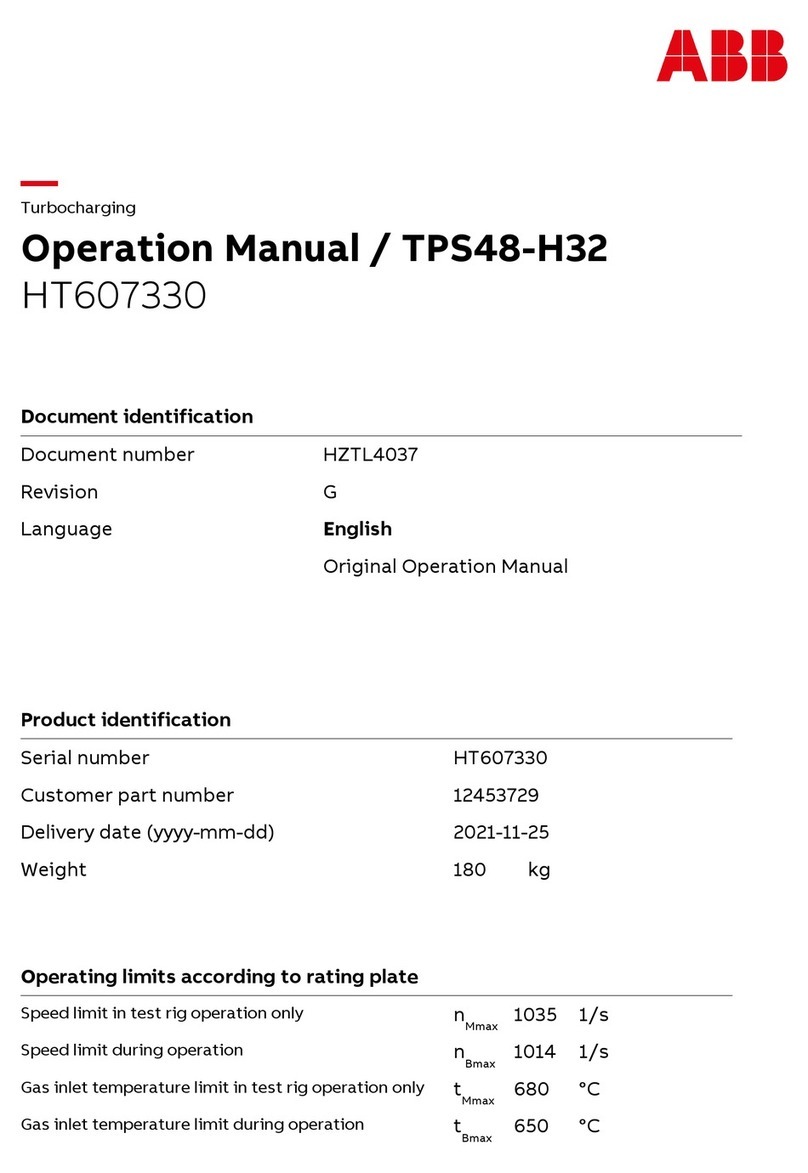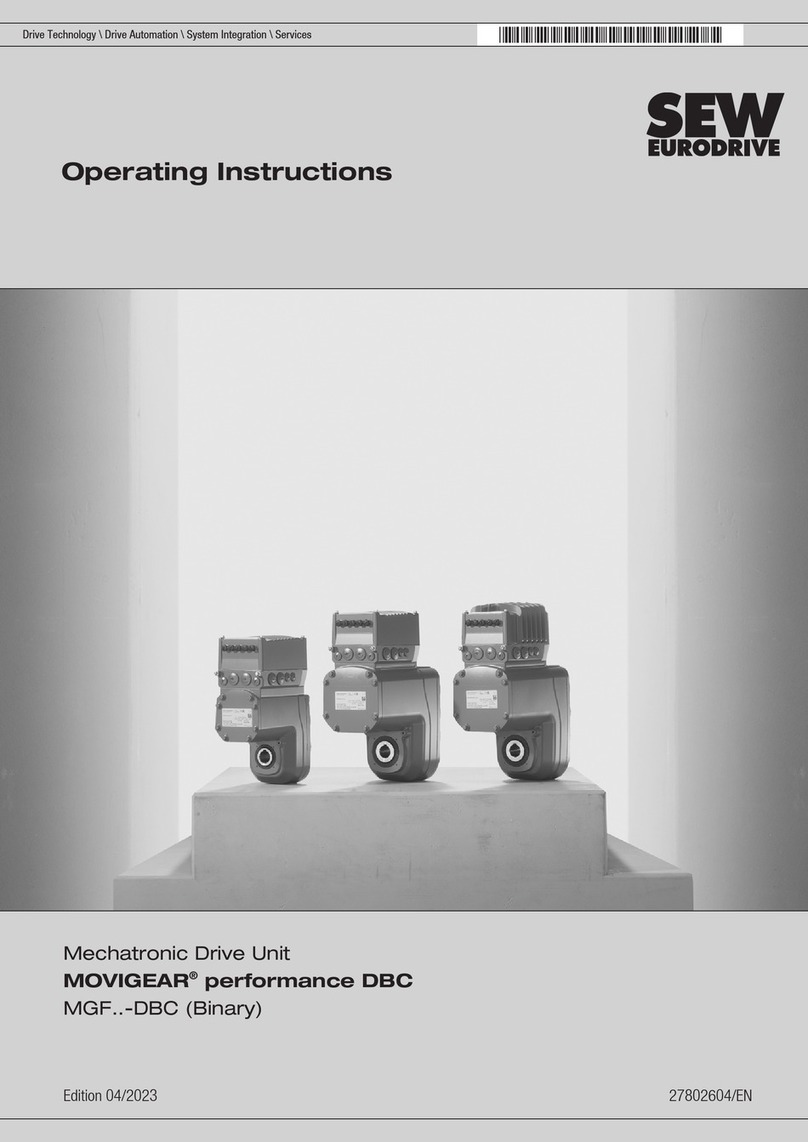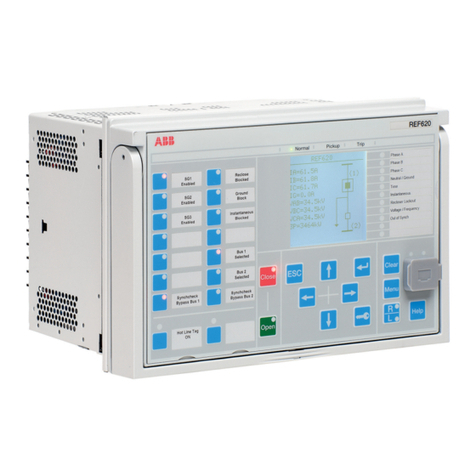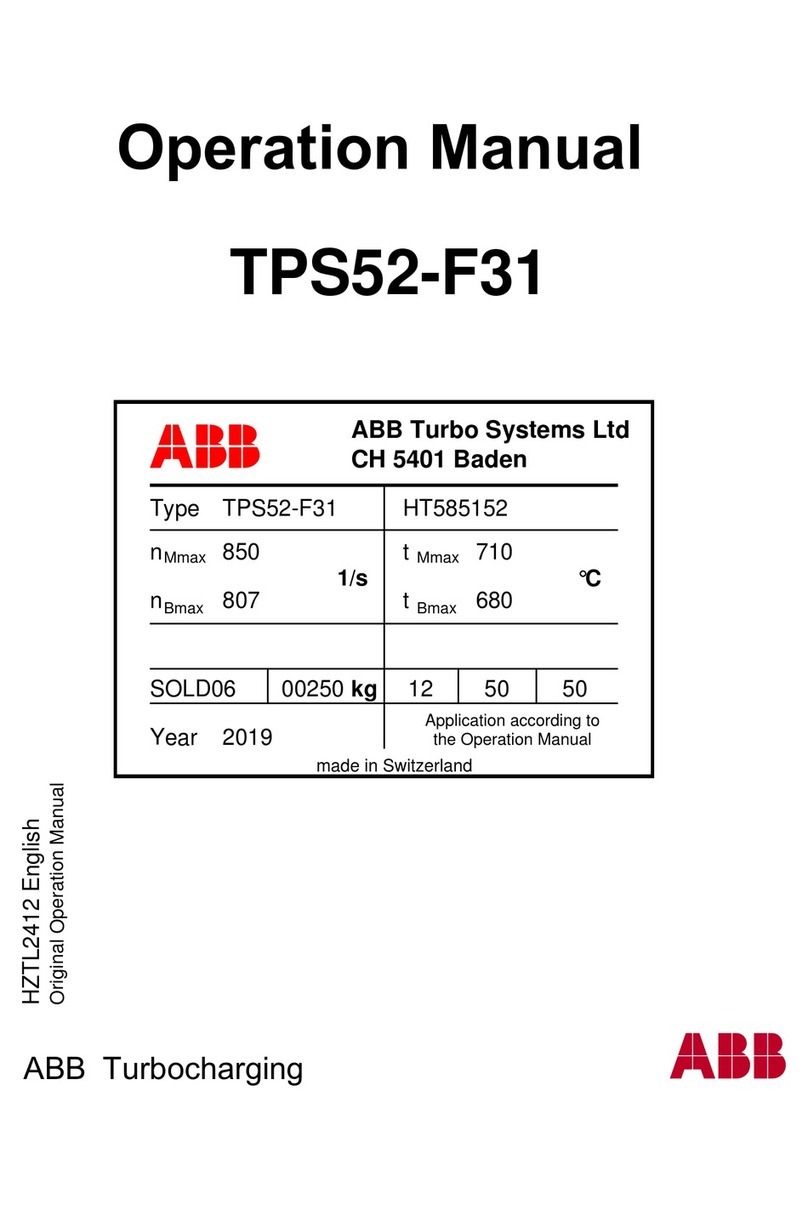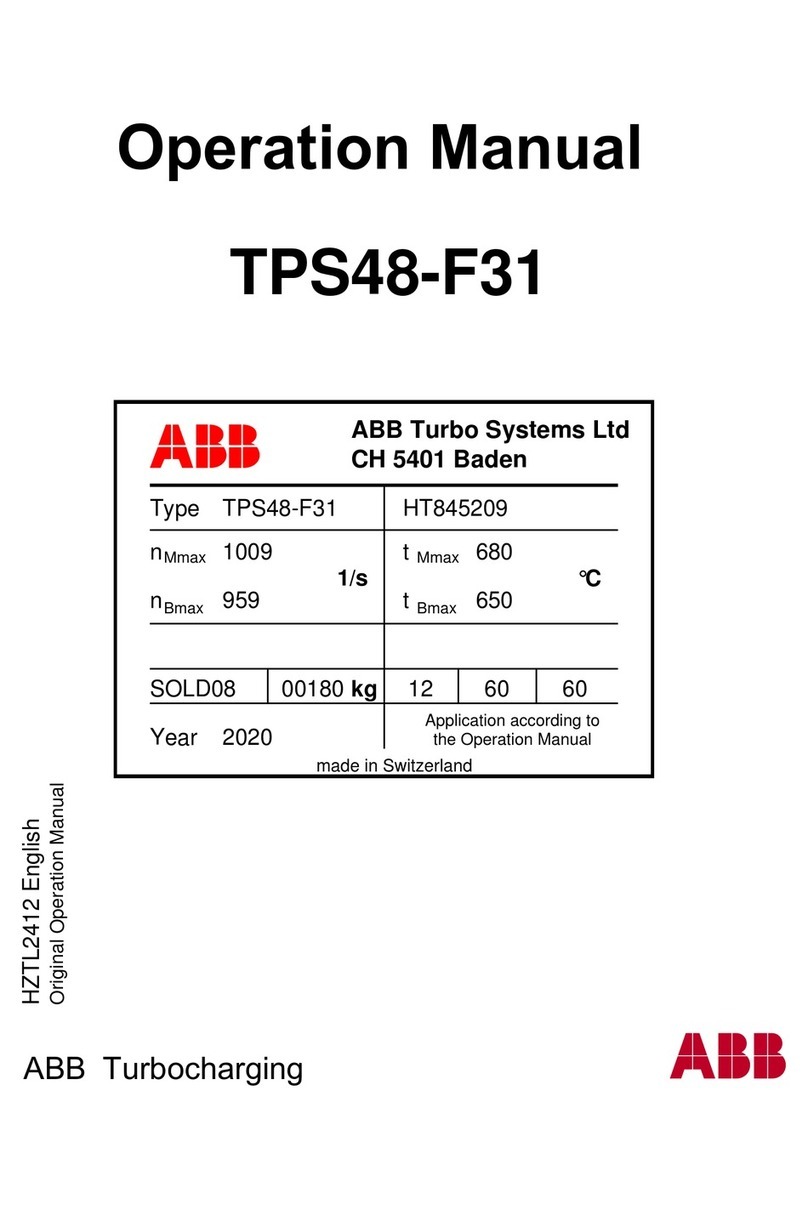Showa Denko Shodex ODP2 HP-4B User manual

Operation Manual Shodex ODP2 HP-4B, 4D, 4E Version 200602E
Operation Manual
Shodex™ ODP2 HP-4B, 4D, 4E
Europe, Middle East, Africa, Russia
www.shodex.de
Sales Office:
Showa Denko Europe GmbH
Shodex Business
Konrad-Zuse-Platz 3
81829 Munich
Germany
Technical Support:
+49 (0)89 / 93 99 62 37
Quotes and Orders:
+49 (0)89 / 93 99 62 34

Operation Manual Shodex ODP2 HP-4B, 4D, 4E Version 200602E
2
Operation Manual
Shodex™ ODP2 HP-4B, 4D, 4E
(Please read this manual carefully to achieve the best and consistent column performance for a long time)
Important Handling Instructions
Caution! • Please consult the Safety Data Sheet (SDS) of reagents and solvents used with the
column and understand their proper handling methods to prevent potential health
hazards or death from occurring.
• Please wear appropriate personal protective equipment such as lab goggles and
gloves when handling organic solvents and acid and alkaline reagents. Avoid any direct
physical contact to prevent chemical injuries.
Before Using the Column
(1) Please visually inspect the package and outside of the column for any damage.
(2) Please check if product name and serial number written on the column package, column name tag,
and enclosed Certificate of Analysis (CoA) are matching and correct.
1. Introduction
Thank you for purchasing the Shodex™ product. Shodex™ ODP2 HP series is a polymer-based reversed
phase chromatography column which retains hydrophilic compounds stronger than the ordinary ODS
columns do. The small pore size of the packing material excludes the proteins fast, and this makes the
column suitable for the separations of small-molecular weight components, such as drugs, even in the
presence of protein. The column can also be used as a hydrophobic interaction chromatography (HIC)
column by using ammonium sulfate as an eluent.
2. Column Components

Operation Manual Shodex ODP2 HP-4B, 4D, 4E Version 200602E
3
3. Column Specifications
Product code
Product name
Size (mm)
Particle size
(μm)
Pore size
(Å)
Plate Number
(per column)
ID
Length
F7622001
ODP2 HP-4B
4.6
50
5
40
≥ 3,500
F7622002
ODP2 HP-4D
4.6
150
5
40
≥ 10,000
F7622003
ODP2 HP-4E
4.6
250
5
40
≥ 17,000
F6714010
ODP2 HPG-4A
4.6
10
5
-
(Guard column)
Base Material: Spherical porous particles of polyhydroxymethacrylate
Column Housing: SUS-316 (stainless steel)
Screw Type: Internally-threaded type No. 10-32 UNF
Shipping Solvent: Water/Acetonitrile = 55/45
4. Usable Conditions
Product name
Flow rate (mL/min)
Max. pressure
(MPa)
pH range
Temperature
range (°C)
Standard
Max
ODP2 HP-4B
0.3-1.0
1.5
15
3-12
20-60
ODP2 HP-4D
0.3-1.0
1.5
15
ODP2 HP-4E
0.3-1.0
1.5
15
ODP2 HPG-4A
0.3-1.0
1.5
-
Usable solvents are listed below
(1) A mixture of water and acetonitrile or water and methanol of any ratio can be used. Up to 100 %
water, acetonitrile, or methanol can be used. For the analysis of aromatic compounds, if the theoretical
plate number obtained was significantly lower than expected when using ethanol, try using acetonitrile
instead.
(2) Up to 100 % ethanol, isopropanol (IPA), and tetrahydrofuran (THF) can be used.
(3) Buffers and aqueous solutions of different salts can be used instead of water. They include
phosphate, acetate, and Tris buffers and aqueous solutions of sodium chloride and potassium chloride.
Please keep total concentration of salts under 0.1 M. Their recommended concentration ranges are
1-50 mM. Acids like trifluoroacetic acetic acid (TFA), formic acid, and acetic acid can also be used.
(4) Up to 2 M ammonium sulfate can be used.
Attention! • Use the column within above stated flow rate, pressure, and temperature ranges.
Using the column outside the given range may damage the column and lower its
performance.
• When using a mixture of buffer or salt solution and organic solvent, make sure there
is no precipitation of salt.
• Column pressure is influenced by the eluent composition, flow rate, and column
temperature. When changing the eluent compositions, adjust the flow rate and
column temperature so that the column pressure remains below the usable maximum
pressure.

Operation Manual Shodex ODP2 HP-4B, 4D, 4E Version 200602E
4
5. Sample Preparation
(1) If possible, use the eluent for analysis to dissolve or dilute samples. If this is difficult, use a solvent
which has a composition that is as close as possible to the eluent's composition, but which fully
dissolves or dilutes the sample. When gradient elution is used, it is recommended to use the initial
eluent to prepare the sample.
(2) Filter the sample solution using disposable 0.45 μm filter to prevent the column from clogging or
deteriorating.
(3) Recommended sample injection volume is less than 40 μL per column.
Note •Use of guard column is recommended to protect the analytical column.
6. Column Usage Procedure
ODP2 HP-2B and ODP HP-2D are semi-micro columns. To achieve the best performances, please use
them with a semi-micro type system.
6.1. HPLC System Preparation
Wash entire LC system prior to the column installation, including all flow-lines and sample loop by
switching the valve, and then replace the washing solution with the eluent to be used. If desired new
eluent has low miscibility/solubility to the eluent of previous analysis, first use the eluent that is
miscible/soluble to both eluents, and then replace it with the desired eluent.
e.g. When replacing chloroform to water/acetonitrile, first run methanol and then replace it with
water/acetonitrile.
e.g. When replacing highly concentrated buffer solution or salt solution to water/acetonitrile, first run
water and then replace it with water/acetonitrile.
Attention! • If the eluent left in the system is not compatible with the column to be used, it may
damage the column.
• A drastic change in the eluent compositions may remove substances adsorbed on
the system and they may enter and deteriorate the column.
6.2. Column Installation
(1) Connect the column to LC system by following the “flow direction arrow” () indicated on the
name tag. If guard column is used, position the guard column in front (before the inlet) of the analytical
column.
(2) Make sure to insert the tubing all the way to the end fitting and secure it with the male nut. It is
important that there is no extra space between the tubing and the column side of the end fitting.
Presence of an extra space will let the sample to spread out and may result in wide peaks.
(3) Set the initial flow rate at less than 0.3 mL/min and start the system. If using the column at an
elevated temperature, keep a low flow rate until the temperature of the column reaches to the set
temperature, and then gradually increase the flow rate to the desired.

Operation Manual Shodex ODP2 HP-4B, 4D, 4E Version 200602E
5
Caution! • Verify that there is no solvent leak. It may cause electronic leakage, rust, and/or
chemical injury.
Attention! • Make sure not to let air bubbles enter the column while installing the column. The
air bubbles may damage the column.
• When restarting the system after column installation or after holding the eluent
flow, start the system at less than 0.3 mL/min. A rapid increase in pressure can damage
the column.
• If the column was used at an elevated temperature, lower the flow rate to less than
0.3 mL/min at the end of analysis. Then, turn off the column oven, and let the column
temperature return to room temperature before stopping the pump. If the pump was
stopped while the eluent inside the column was still hot, as the eluent temperature
decreases, its volume also decreases. This may result in creating an empty space in the
column and deteriorates the column.
6.3. Eluents
(1) Degas the eluent fully to prevent the formation of air bubbles.
(2) Presence of small debris or insoluble substances may result in deterioration of the column and/or
they appear as noise on the chromatograms. Filter the eluent with a 0.45 μm disposable filter to
prevent the problems.
(3) Check miscibility/solubility of the desired new eluent and eluent previously used in the system. If
the new eluent has low miscibility/solubility to the eluent previously used, first use the eluent that is
miscible/soluble to both eluents, and then replace it with the desired eluent.
e.g. When replacing highly concentrated buffer solution or salt solution to water/acetonitrile, first run
water and then replace it with water/acetonitrile.
(4) Start the system at less than 0.3 mL/min when replacing the solvent.
(5) When using a gradient method, changes in the eluent compositions may increase the column
backpressure. Adjust the flow rate and column temperature so that the column backpressure remains
below the usable maximum pressure.
Attention! • Whenever water is required, use ultra-pure water freshly generated by a water
purification system or water from a newly opened HPLC grade distilled water bottle.
Use HPLC grade organic solvent whenever possible. Solvents left in an opened bottle
for a long time should not be used. The content may have been changed, absorbed
moisture, or has been contaminated.
• Always use freshly prepared solvents. Solvents stored for a long time may have
changed their compositions and may influence elution patterns and/or damage the
column.
• When using highly corrosive salts such as sodium chloride, wash out the salts at the
end of analysis. The metal parts of the devices and/or the columns may rust.
Note • Use of on-line degasser is recommended.
•It is recommended to set the pump limiter to avoid exceeding the maximum
pressure.
6.4. Column Cleaning
Problems in peak shapes and elution time changes or elevated column pressure etc. are often caused
by insoluble or adsorbing components present in the eluent and reagents being deposited inside the
column. These problems may be resolved by cleaning the column.

Operation Manual Shodex ODP2 HP-4B, 4D, 4E Version 200602E
6
If a guard column is used with the analytical column, first remove the guard column and check the
performance of the analytical column alone. If the problem is solved, most likely the cause is from the
guard column. In this case, clean the guard column.
If the problem is not solved by removing the guard column, clean both guard and analytical columns.
Make sure to clean the guard and the analytical columns separately. When washing the column, let
the washing solution flow from the column outlet go directly into the waste container and not let the
solution go through the detector.
<Cleaning Method>
(1) Insoluble components that block the column inlet may be removed by reversing the flow direction,
i.e., introducing the eluent from the column outlet, with flow rate at less than half of the recommended
flow rate.
(2) Follow below cleaning steps for adsorbing components. For an efficient cleaning, reverse the flow
direction and use the flow rate at 0.3 mL/min.
Method 1: Basic solvent wash
Apply after using the column under acidic to neutral condition for an extended time period
Washing Solution
Cleaning Time
ODP2 HP-4B
ODP2 HP-4D
ODP2 HP-4E
1
H2O
10 min
25 min
45 min
2
10 mM NaOH aq. Solution/CH3CN = 80/20
15 min
45 min
75 min
3
H2O
10 min
25 min
45 min
4
10 mM CH3COOH aq. Solution
15 min
45 min
75 min
5
H2O
10 min
25 min
45 min
6
Eluent
15 min
45 min
75 min
Method 2: Acidic solvent wash
Apply after using the column under basic to neutral condition for an extended time period.
Washing Solution
Cleaning Time
ODP2 HP-4B
ODP2 HP-4D
ODP2 HP-4E
1
H2O
10 min
25 min
45 min
2
50 mM H3PO4aq. Solution/CH3CN = 90/10
15 min
45 min
75 min
3
H2O
10 min
25 min
45 min
4
Eluent
15 min
45 min
75 min
Method 3: Organic solvent wash
Apply after using the column under highly aqueous condition for an extended time period.
Washing Solution
Cleaning Time
ODP2 HP-4B
ODP2 HP-4D
ODP2 HP-4E
1
H2O
10 min
25 min
45 min
2
Water/CH3CN = 20/80
15 min
45 min
75 min
3
H2O
10 min
25 min
45 min
4
Eluent
15 min
45 min
75 min
Attention! • Keeping acidic or alkaline solution in the column for a long time will lead to the
column deterioration. Complete the suggested column cleaning steps all the way up
to the eluent replacement at once and do not hold the procedure in middle way.

Operation Manual Shodex ODP2 HP-4B, 4D, 4E Version 200602E
7
7. Column Storage
Remove the column from the system after replacing the in-column solvent with the shipping solvent.
Securely tighten the end caps and store the column at a location with stable temperature (a cool and
dark space is recommended). Refer to section 6.3. Eluents for how to replace the eluent.
Attention! • Never allow inside of the column to dry. It can damage the column.
8. Column Inspection
Inspection method is described in the Certificate of Analysis (CoA).
Theoretical Plate Number (N) and Asymmetry Factor (Fas) were calculated using the below equations.
(1) Theoretical Plate Number (N)
(2) Asymmetry Factor (Fas)
9. Additional Warnings
(1) Do not remove end fittings.
(2) Do not make a strong impact on the column. Do not drop or hit the column on a hard surface.
Refer to the Shodex website (www.shodex.de) for product details and their applications.
For additional assistance, contact the distributor from whom you purchased the column or contact
your regional Shodex support office.

Operation Manual Shodex ODP2 HP-4B, 4D, 4E Version 200602E
8
10. Warranty (Version 4)
(1) Showa Denko K.K. warrants that the Shodex™product, at the time of delivery to the user, will
conform to the specification of the attached CERTIFICATE OF ANALYSIS, if the Shodex product is used
in accordance with the attached operating manual. The foregoing warranty is exclusive and is in lieu
of all other warranties with respect to the Shodex product, whether written, oral, implied, statutory or
otherwise. No warranties by Showa Denko K.K. are implied or otherwise created, including, but not
limited to, the warranty of merchantability and fitness for particular purposes.
(2) Any claim of inconformity to the specification must be notified to Showa Denko K.K. within ten (10)
days after delivery to the user. User’s exclusive remedy and Showa Denko K.K.‘s exclusive liability for
such claim are limited to the replacement of the Shodex product in question. In no event is Showa
Denko K.K. liable for any indirect, incidental or consequential damage arising out of in connection with
the Shodex Column, whether or not such damage is allegedly based on breach of warranty, negligence
or otherwise.
(3) No warranty is made in any of the following cases:
3-1 If the Shodex product is not used in accordance with the operating manual
3-2 If the Shodex product is remodelled by anyone other than person or firm designated by Showa
Denko K.K.
3-3 If the Shodex product is disposed of
3-4 If the Shodex product is resold by the user without giving prior written notice to Showa Denko K.K.
3-5 If the performance of the Shodex product is not conform to the specification of the attached
CERTIFICATE OF ANALYSIS due to any of the reasons below:
a) Computer virus
b) Impurities contained in the sample, reagent, gas air or cooling water provided by the user
c) Breakdown or malfunction of equipment, apparatus or component used in combination with the
Shodex product
d) Force majeure such as fire, earthquake, flood, other natural disaster, crime, riot, act of terrorism,
war or radioactive contamination
(4) In no event is Showa Denko K.K. liable for
4-1 the results of analyses or preparations using the Shodex product or any portion of the same,
including, but not limited to, the reliability, accuracy, efficacy and safety of said results, and
4-2 the occupational hazard in the use of the Shodex product, whether or not such use is made in
accordance with the attached Conditions for use.
(5) The Shodex Column is for laboratory use only. It must not be used for clinical diagnosis. Showa
Denko K.K. is not liable for any use of the Shodex product except laboratory use.
This manual suits for next models
6
Table of contents
Other Showa Denko Industrial Equipment manuals
Popular Industrial Equipment manuals by other brands
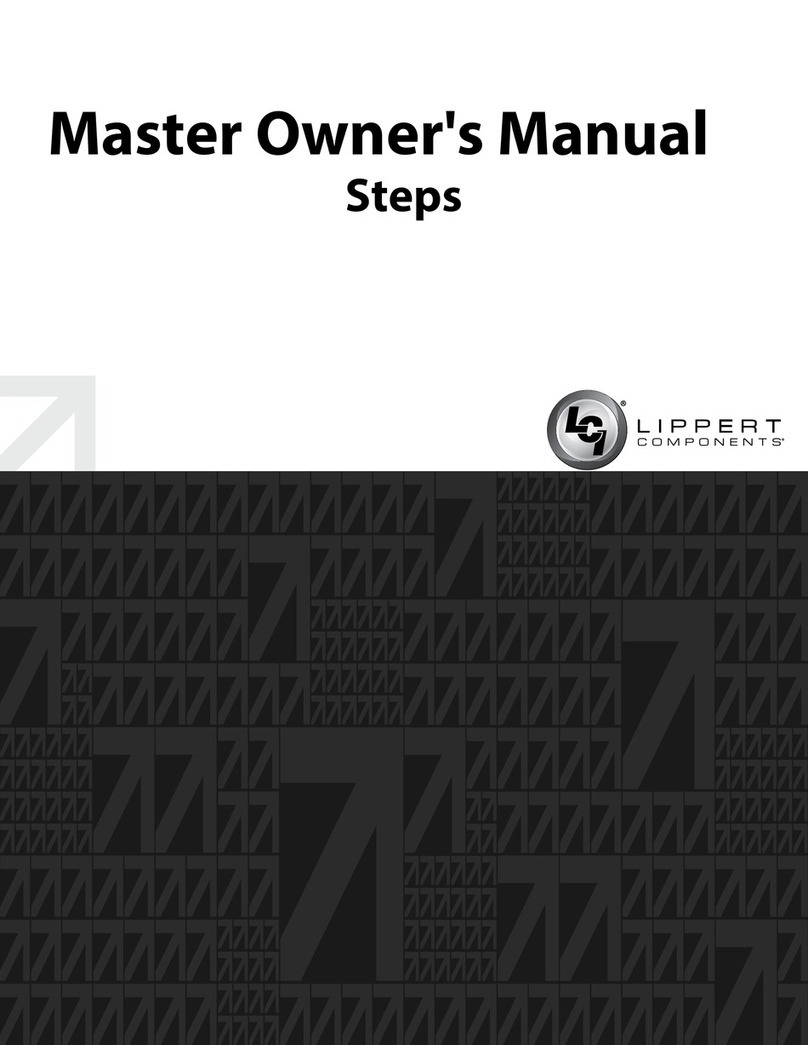
Lippert Components
Lippert Components SOLIDSTEP 2.0 Master Owner's Manual
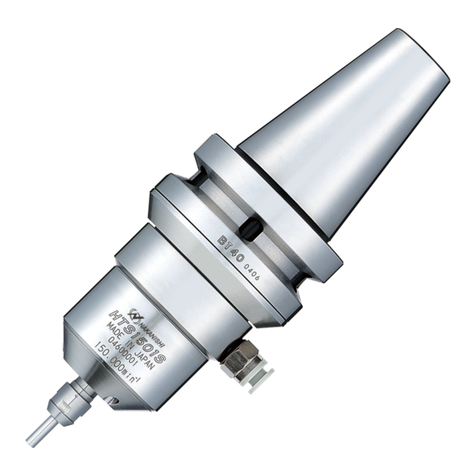
Nakanishi
Nakanishi HTS1501 Operation manual
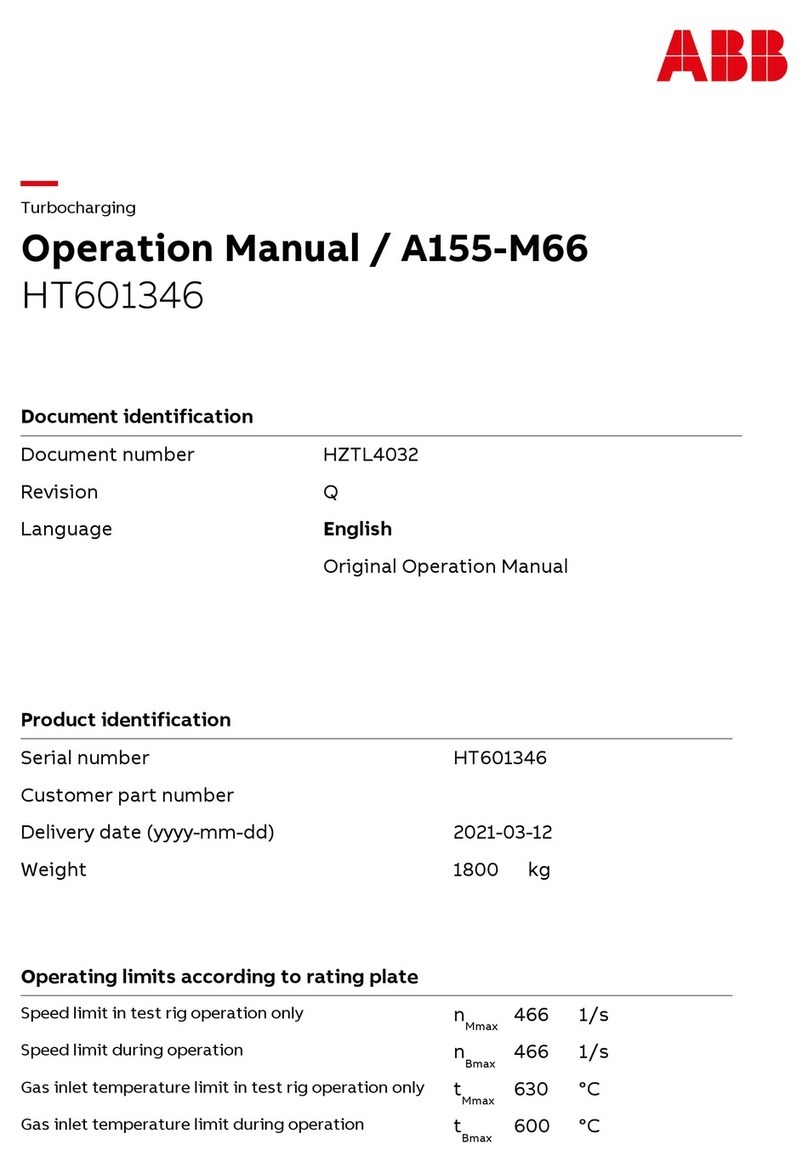
ABB
ABB HT601346 Operation manual
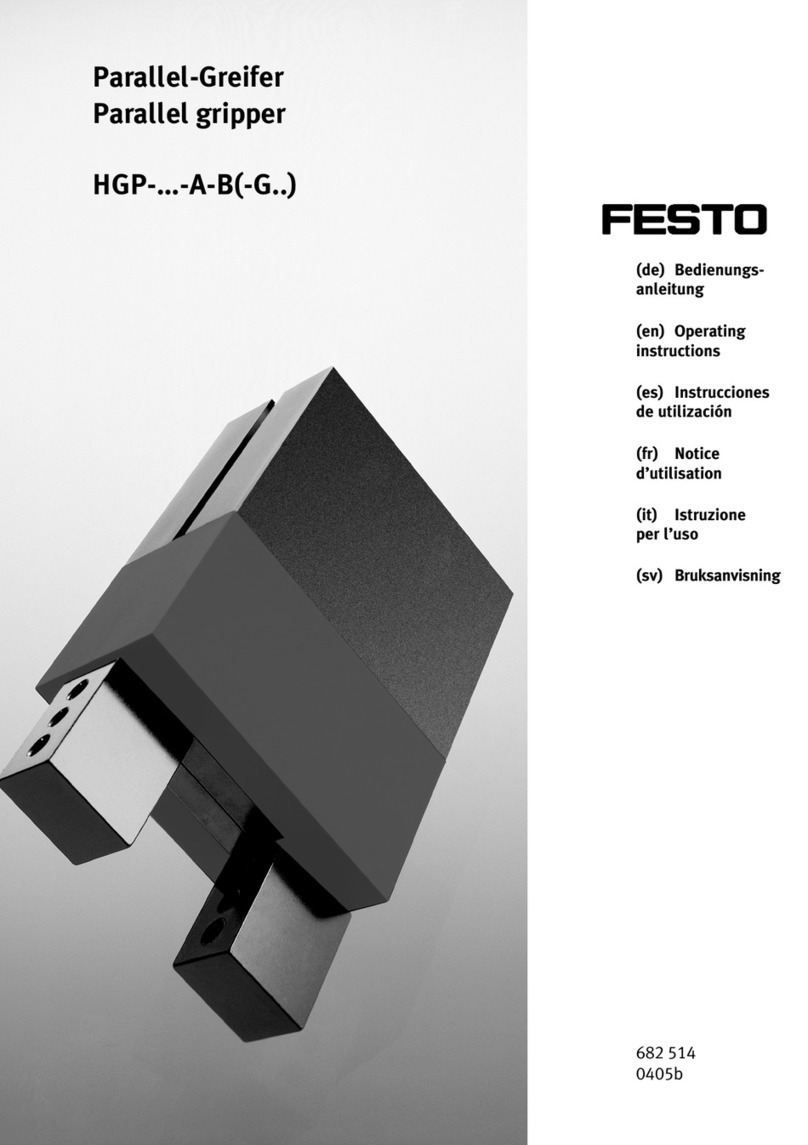
Festo
Festo HGP A-B Series operating instructions
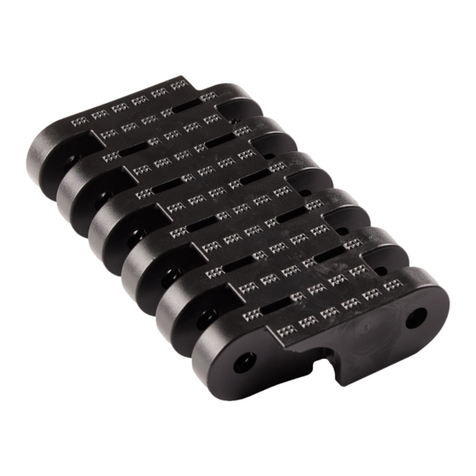
Ammeraal Beltech
Ammeraal Beltech uni AMB Series Instructions and installation
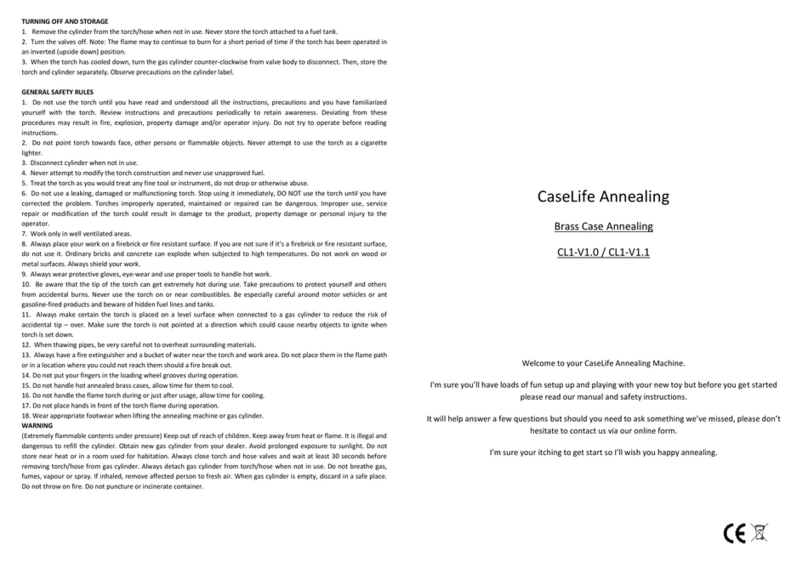
CaseLife Annealing
CaseLife Annealing CL1-V1.0 manual
